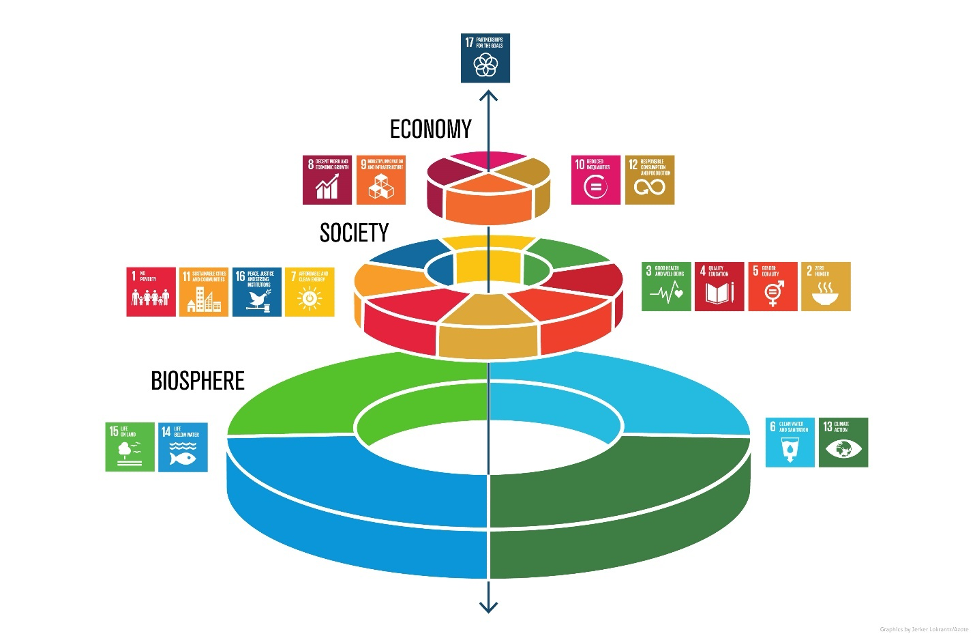The business case for investing in resilient coastal ecosystems
By Ignace Beguin Billecocq, Ocean Lead, Climate Champions & Tibor Vegh, Duke University and Associate Advisor, Climate Champions | October 27, 2021
By 2050, the global community will face annual costs of over $1 trillion to coastal urban areas as a result of the combined effects of rising sea levels and extreme weather events. These impacts are projected to be unequally distributed and certain countries, such as Small Island Developing States (SIDS) and Least Developing Countries (LDCs), are far more exposed and will experience losses in a more extreme manner.
At the centre of the solution to enhancing coastal resilience lies the protection and restoration of coastal ecosystems and biodiversity. Coastal habitats not only help mitigate the impacts of climate change by sequestering carbon and acting as important natural buffers to sea-level rise and storm surges, but they also play a critical role for income, culture, livelihoods, and nutrition security, especially for coastal communities in SIDS and LDCs.
Perhaps the most effective and critical solutions in this respect is the protection of existing natural areas such as coral reefs or mangroves. Since we have already lost large areas of these ecosystems, protection may not be enough; we need to restore coastal habitats to enhance coastal resilience to face the pressures and changes already underway. Ecosystem restoration is now successful at delivering results over large spatial expanses; it is cost-effective, and can generate social and economic benefits for people where it is employed.
Despite a greater recognition and appreciation of the role played by coastal ecosystems as natural infrastructure, investments into ecosystem and biodiversity protection or restoration follow general global trends in ocean finance – and have been severely limited.
To increase the finance flows to enhance resilience, private corporations should complement efforts by the public sector and play a more pronounced ocean stewardship role. A growing awareness of the interconnected nature of the biosphere and corporate activity is driving a shift in perceptions among some business leaders about the need to be stewards of the systems in which they operate. By investing in coastal ecosystems, companies can reduce costs, improve operations including employee retention, generate financial gains, or enhance their reputation.

The economy is embedded into a functioning society, itself dependent on a healthy biosphere Credit: Johan Rockström and Pavan Sukhdev, 2016.
The economic rationale for investing in coastal ecosystems and biodiversity is strong. Globally, mangrove ecosystems reduce costs from flood damage by more than $65 billion annually and protect 15 million people from flooding. Healthy coral reefs, moreover, can reduce the annual expected damages from storms by more than $4 billion, thereby protecting human life and property.
According to the Global Commission on Adaptation, protecting and restoring mangroves globally, at a total cost of less than $100 billion, could create $1 trillion in net benefits by 2030. Moreover, the UN estimates that investing just $6 billion a year in nature-based disaster risk management measures, such as restoring coastal ecosystems, would save the world $360 billion over the next 15 years.
Private investment into coastal ecosystems needs to overcome at least four barriers: the issue of tenure over coastal ecosystems, mismatch between project size and amount of finance available, mismatch between investor and beneficiary, and a limited project pipeline.
When investing in coastal ecosystems, businesses should look beyond a conventional investment format, which tends to view infrastructure and nature conservation in isolation without considering how synergies among them can address the interests and overlapping concerns of multiple stakeholders. A holistic investment approach includes collaboration and coordination with local communities, can involve non-state actors or the private sector, and can open up opportunities for local revenue generation.

Healthy coral reefs can reduce the annual expected damages from storms by more than $4 billion. Image: Unsplash.
To make clear the returns from investing in conserving, restoring or enhancing coastal ecosystems as natural infrastructure, several promising finance instruments and mechanisms have been developed recently. These include a promising example for a blended finance vehicle, the $625 million Global Fund for Coral Reefs (GFCR). The GFCR aims to bridge critical funding gaps for adaptation to protect and restore resilient coral reefs and also build natural capital and the blue economy.
Another approach has been championed by the Ocean Risk and Resilience Action Alliance (ORRAA) a multi-sector collaboration between governments, financial institutions, the insurance industry, environmental organizations and stakeholders from the Global South. ORRAA’s purpose is to build resilience in the regions and communities most vulnerable to ocean risk, by pioneering finance and insurance products that incentivize investment in nature-based solutions. ORRAA’s aim is to drive $500 million of investment into nature-based solutions by 2030, and surface at least 15 novel finance products by 2025 that incentivize private and blended finance into coastal natural capital.
Debt-for-nature swaps are financial mechanisms that allow portions of a developing country’s foreign debt to be forgiven, in exchange for commitments to invest in biodiversity conservation and environmental policy measures. Debt-for-nature swaps continue to be employed in innovative ways across the world. In 2018, the Seychelles collaborated with the United Nations Development Programme, the Global Environment Facility and the Nature Conservancy to forgive $27 million of its debt. This debt swap was notable for being the first of its kind to focus on marine ecosystem and biodiversity conservation, protecting up to 400 000km of ocean.
Finally, some businesses are currently exploring opportunities for blue carbon markets that could finance, at least in part, the protection, restoration, or sustainable management of coastal ecosystems. This market is expected to grow to $50 billion by 2030 aiding the delivery of numerous co-benefits for people and nature such as building the resilience of coastal communities, and enhancing biodiversity.
Human activity is linked to the biosphere and much of the resilience of this activity and the people it supports, depends upon the ocean’s biodiversity. According to WWF, investors in 66% of listed companies are collectively at risk of losing US$8.4 trillion due to declining ocean health and climate change if business as usual continues.
A healthy ocean is at the core of the global economy and therefore scaled up investments must also strive for socially equitable distribution.



